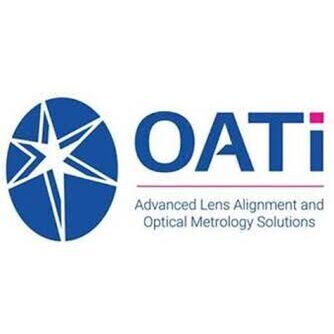
|
Download Members: $0.00 Non‑Members: $75.00 |
Buy Now |
Publication Details
| Published Date: | |
|---|---|
| Authors: | Andreas Poesch, Taras Vynnyk, Eduard Reithmeier |
| Company: | CMSC |
| Print Format: | Technical Paper |
| Citation: | Andreas Poesch, Taras Vynnyk, Eduard Reithmeier, "Fast Detection of Geometry Defects on Free-Form Surfaces Using Inverse Fringe Projection," The Journal of the CMSC, Vol. 8, No. 1, Spring 2013 |
Abstract
Complex geometries are present in practically all modern machines. Collaborative Research Center 871 “Regeneration of Complex Durable Goods,” focuses on the research and development of regeneration techniques for valuable, complex-shaped goods such as turbine blades and wind-power airfoils. Wherever free-form workpieces are relevant for safe and economic function of the machine, three-dimensional geometry checking is a crucial step in manufacturing and regeneration of those goods. Fringe projection (FP) has evolved as a fast and contactless technique for three-dimensional geometry measurements of technical workpieces. The primary uses of the FP technique cover reconstruction of unknown surface geometries, i.e. reverse engineering, as well as geometry verification, i.e. workpiece quality assessment. In the first section of this paper we briefly recall the setup of a conventional fringe-projection system and subsequently derive the iFP approach. After that, we explain the mathematical system model as well as our corresponding calibration procedure. Measurement results of real workpieces are used as exemplary data sets for the description of automated inspection algorithms. We conclude with a summary of our system’s features and an outlook of our future work.





